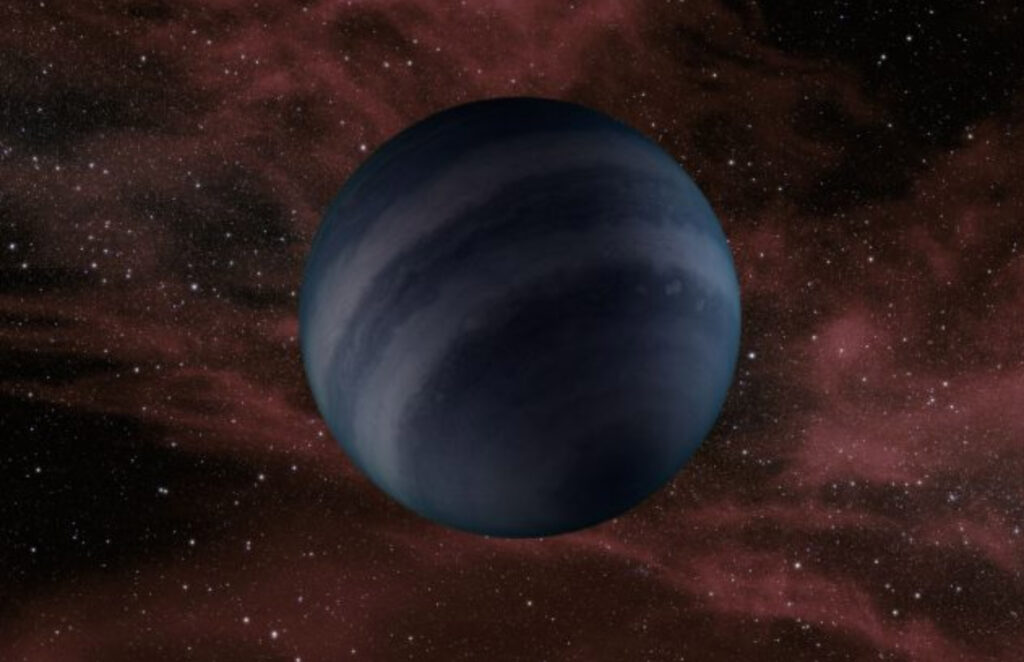An isolated brown dwarf that doesn’t orbit a star shows possible signs of aurorae. The discovery was made by the James Webb Space Telescope research team and was detailed in a new report on the Webb Telescope website.
According to the report, astronomers using James Webb found a brown dwarf (a cosmic object that is more massive than Jupiter but smaller than a star) with no nearby star. Because of this, when astronomers found signs of possible aurorae on the brown dwarf, they were baffled.
See, aurorae are created on Earth because energetic particles from the Sun are captured in our planet’s magnetic field. This causes the particles to descend through the atmosphere near our planet’s poles, creating beautiful light shows as they collide with gas molecules. But this isolated brown dwarf has no star.
As such, scientists are baffled by the fact that infrared emissions from methane in the brown dwarf’s atmosphere suggest atmospheric heating caused by an auroral process. Now, it is possible that a nearby active moon or interstellar plasma could be causing the heating that we’re seeing here. But scientists aren’t sure.
Tech. Entertainment. Science. Your inbox.
Sign up for the most interesting tech & entertainment news out there.
By signing up, I agree to the Terms of Use and have reviewed the Privacy Notice.
The discovery of these signs on the isolated brown dwarf, known more formerly as W1935, was made by a team led by astronomy Jackie Faherty. The team was awarded a study of 12 cold brown dwarfs — they are called cold because they lack a host star.
W1395 was one of these 12 brown dwarfs. Faherty says that the team expected to see methane in the brown dwarf because it is usually all over these types of cosmic objects. However, instead of the absorption of light, the team saw the exact opposite: the methane was glowing.
The team then used computer models to try to infer what might have caused the mission. Since W1935 doesn’t have a host star, the emissions couldn’t be caused by that. Instead, they found that the best model favored a temperature inversion, where the atmosphere gets warmed as the altitude increases.
It’s a puzzling discovery that the astronomers are intrigued to look into more deeply. For now, though, they’ll continue to remain baffled by what exactly caused the isolated brown dwarf to glow with the signs of aurorae. Researchers also recently discovered the tiniest free-floating brown dwarf we’ve ever found.
>>> Read full article>>>
Copyright for syndicated content belongs to the linked Source : BGR – https://bgr.com/science/webb-spots-possible-signs-of-aurorae-in-an-unlikely-place/
